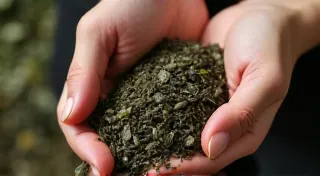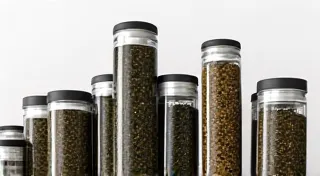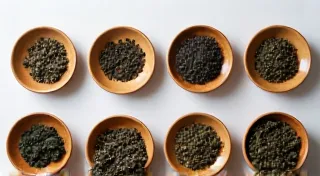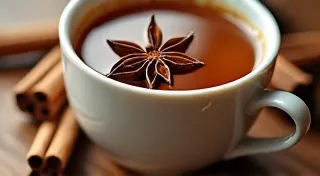The Ultimate Guide to Tea Blending for Beginners
Welcome to the wonderful world of tea blending! Creating your own unique tea blends can seem daunting, but it's a surprisingly accessible and rewarding hobby. This guide will walk you through the essential concepts and techniques to get you started on your tea blending journey.
Understanding the Basics: Tea Types
Before you start blending, it’s crucial to understand the different types of tea. Each base tea contributes its own flavor profile and characteristics. Here's a breakdown of the most common:
- Black Tea: Bold, robust flavors. Think English Breakfast, Darjeeling, or Assam. Often forms the foundation for many blends.
- Green Tea: Fresh, grassy, and often slightly bitter. Sencha, Gyokuro, and Longjing (Dragon Well) are popular choices.
- White Tea: Delicate, subtle, and often sweet. Silver Needle and White Peony are well-loved varieties.
- Oolong Tea: A wide range of oxidation levels leads to diverse flavor profiles, from floral and light to roasted and full-bodied.
- Pu-erh Tea: Fermented tea with earthy and often musky notes. Can be quite complex and adds depth to blends.
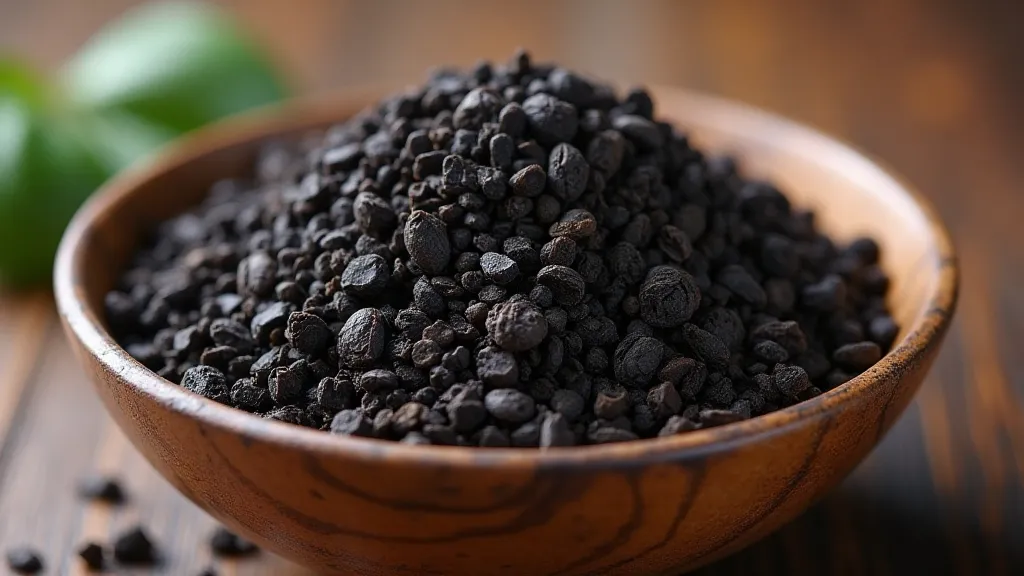
Exploring Flavor Profiles: Beyond the Base
Tea blending isn't just about combining base teas; it's about crafting a complete flavor experience. Consider these categories of additions:
- Fruits: Add sweetness, brightness, and vibrant colors. Dried berries, citrus peels, and apple pieces are popular choices.
- Herbs: Contribute aromatic and often medicinal qualities. Mint, lavender, and chamomile are commonly used.
- Spices: Bring warmth, complexity, and a touch of intrigue. Cinnamon, ginger, and cardamom are excellent additions.
- Flowers: Add delicate floral notes and beautiful visual appeal. Rose petals, jasmine blossoms, and hibiscus flowers are beautiful choices.
Think about how these flavors interact. Sweet fruits often pair well with earthy herbs. Spices can warm up a delicate green tea. Achieving the right balance is key to creating a truly satisfying cup, and sometimes it helps to consider how you can pair different tea blends with food – a nuanced art in itself! You can learn more about pairing tea blends with food to better understand how flavors complement each other.
Essential Blending Techniques
- Start Small: Begin with small quantities (1-2 teaspoons each) to avoid wasting ingredients if the blend isn't quite right.
- The Rule of Three: A good starting point is to use three main components: a base tea, a complementary flavor, and a finishing touch.
- Layer Flavors: Think about how flavors will unfold as the tea steeps. A subtle floral note might be overshadowed by a strong spice if not balanced correctly. Carefully layering flavors is vital for crafting a complex and well-rounded blend.
- Record Everything: Keep detailed notes of your experiments, including the proportions of each ingredient. This will help you recreate successful blends and refine less successful ones.
- Taste and Adjust: The most important step! Steep a small sample of your blend and taste it. Adjust the proportions as needed to achieve your desired flavor profile.
Simple Beginner Blend Recipes
Here are a couple of ideas to get you started:
- "Morning Sunrise" Blend: 2 parts Black Tea (Assam), 1 part Dried Orange Peel, 0.5 part Cinnamon Chips.
- "Calming Chamomile" Blend: 2 parts Green Tea (Sencha), 1 part Chamomile Flowers, 0.5 part Lavender Buds.
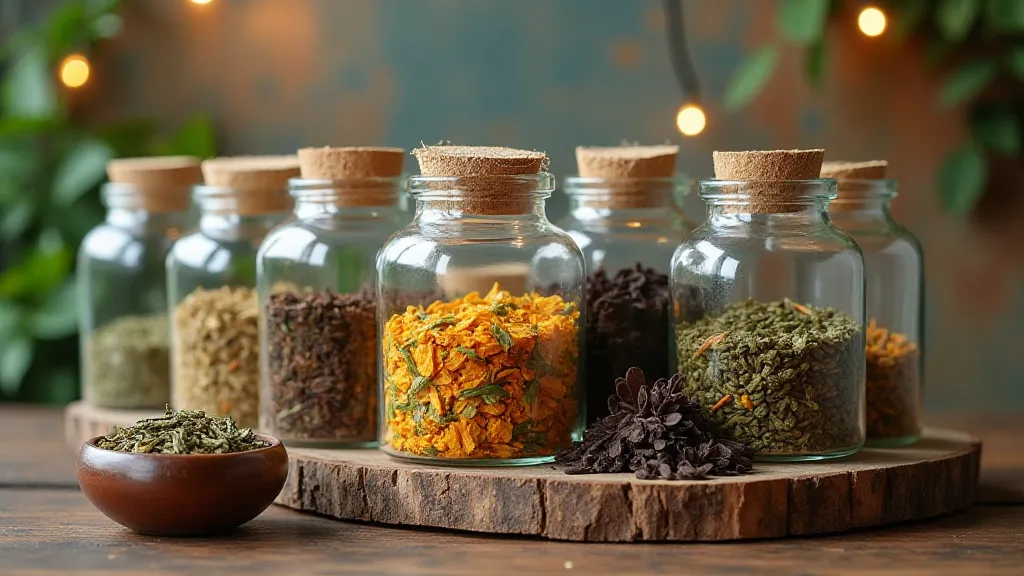
Beyond the Basics: Where to Go From Here
Once you're comfortable with the basics, you can explore more complex flavor combinations and experiment with different processing techniques. Consider:
- Using Different Grades of Tea: Tea grades affect flavor and aroma. Understanding these distinctions can dramatically alter the final result.
- Incorporating Unique Ingredients: Explore lesser-known herbs, spices, and fruits. This opens up a world of exciting possibilities.
- Creating Seasonal Blends: Reflect the flavors of different seasons in your blends. A winter blend might incorporate warming spices, while a summer blend might focus on refreshing fruits and herbs.
The process of blending also frequently involves choosing the correct tools. Getting started with the right top 5 tea blending tools & equipment is vital for both accuracy and efficiency.
Thinking about what kind of experience you're hoping to create is key. Do you want to create a blend that promotes relaxation and restful sleep? Consider crafting creating calming bedtime tea blends. These blends often prioritize ingredients known for their soothing properties like chamomile, lavender, and valerian root.
Ultimately, successful tea blending is a combination of understanding the fundamentals and embracing your creativity. Experimentation is not just encouraged; it’s essential. Don't be afraid to try unexpected combinations – you might just discover your next signature blend!
Tea blending is a journey of discovery. Don't be afraid to experiment, make mistakes, and most importantly, have fun!
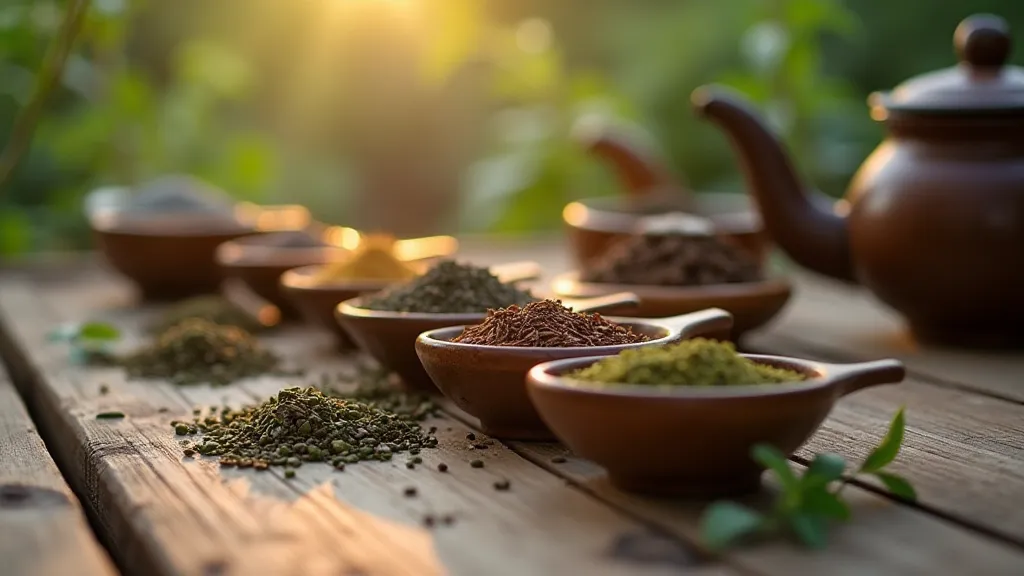
Delving Deeper: Flavor Interactions and Considerations
Beyond the basic categories of tea, fruits, herbs, spices and flowers, lies a complex web of flavor interactions. Certain combinations can enhance each other, while others might clash, resulting in a muddy or unpleasant taste. For example, while citrus pairs well with many black teas, it can sometimes overwhelm more delicate green teas. Understanding the chemical compounds in each ingredient can offer valuable insights into these interactions. For example, the tannins in tea can bind to certain compounds in fruits, altering their perceived sweetness.
Advanced Blending Techniques
As your skills develop, you can move beyond simple blends and explore more advanced techniques. This could include:
- Fermentation and Aging: Some blends can be further developed through controlled fermentation or aging, similar to the processes used for wine or cheese.
- Infusion Techniques: Experimenting with different steeping times and temperatures can drastically alter the flavor profile of a blend.
- Layering of Flavors Over Time: Designing a blend where different flavors unfold at different stages of steeping can create a truly dynamic and intriguing experience. Imagine a blend where a subtle floral aroma is initially dominant, followed by a warming spice and finally a fruity sweetness.
The Business of Tea Blending
If you find yourself passionate about tea blending, you might even consider turning your hobby into a business. This could involve selling your blends online, at farmers' markets, or to local retailers. However, it's important to understand the legal and regulatory requirements for selling food products in your area. Also, mastering the skill of exploring the art of layering flavors in tea blends is an absolute requirement for a professional tea blender.


